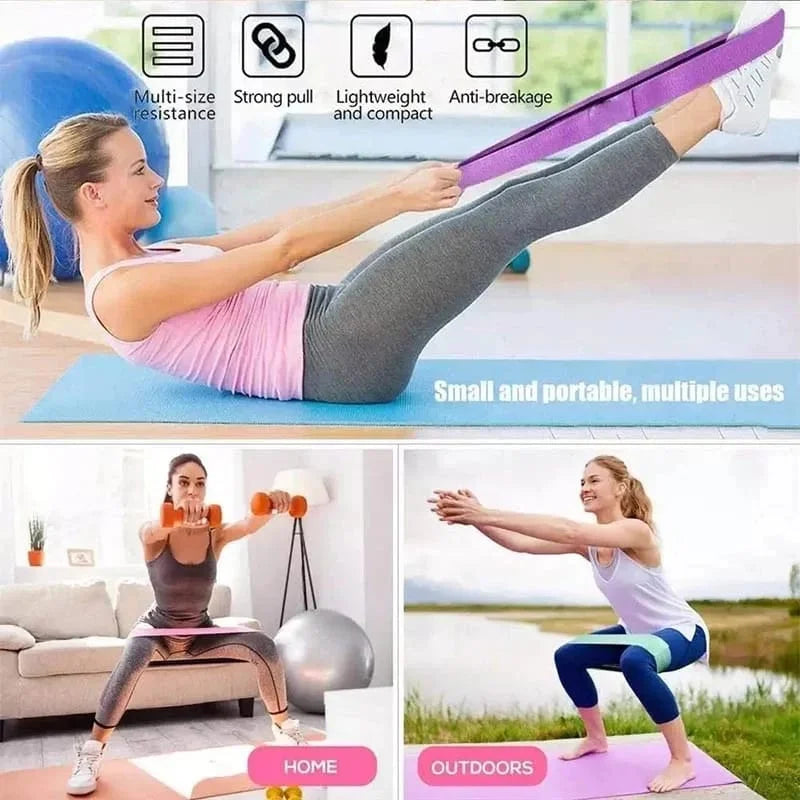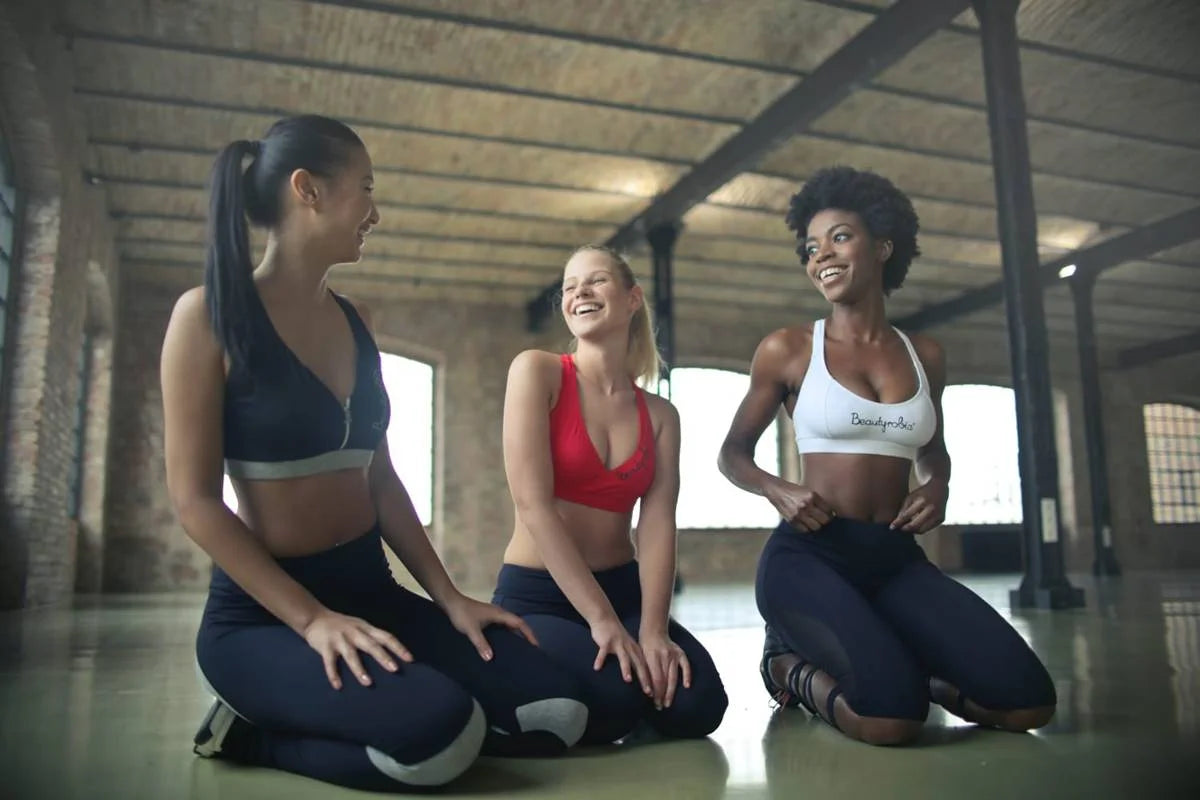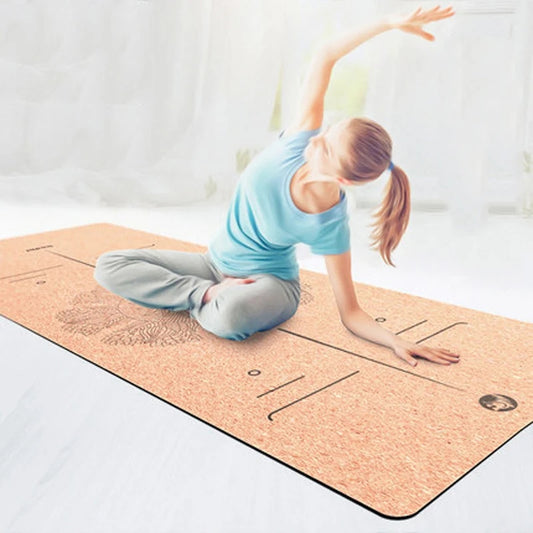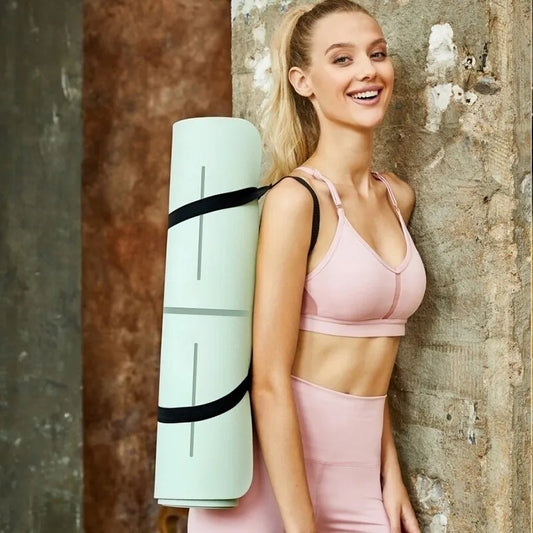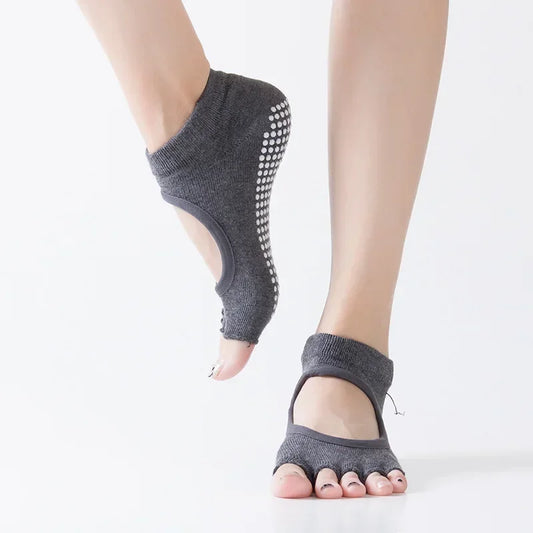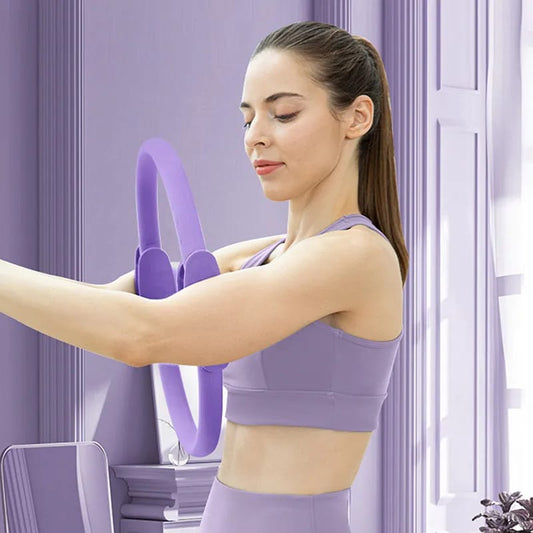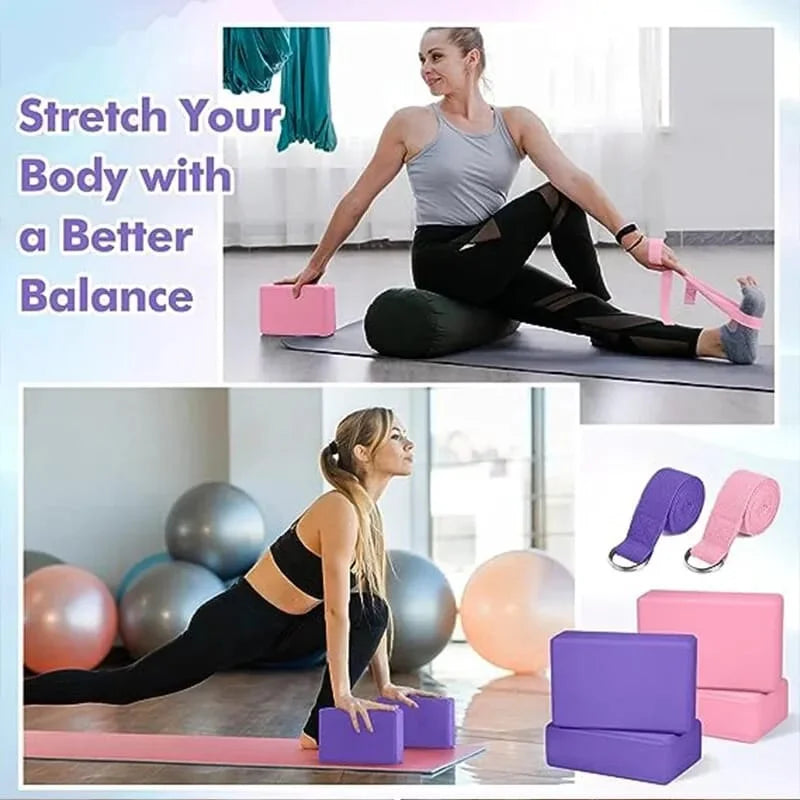Teaching Pilates to Children
-
Age-Appropriate Exercises: Pilates exercises should be modified to suit children's developmental stages and physical capabilities. Simple, fun, and engaging exercises are key.
-
Safety First: Ensure that Pilates exercises are safe and suitable for children's bodies. Use proper techniques and equipment to prevent injury.
-
Interactive and Playful Approach: Make Pilates sessions enjoyable and interactive by incorporating games, storytelling, music, and props to keep children engaged.
-
Encouragement and Positive Reinforcement: Provide positive reinforcement and encouragement to boost children's confidence and motivation during Pilates sessions.
-
Qualified Instructor: Choose a qualified Pilates instructor experienced in working with children to ensure that the sessions are age-appropriate and effective.
Sample Pilates Exercises for Children:
-
Pelvic Curl: Lie on the back with knees bent, feet hip-width apart. Inhale to lift the hips off the mat, creating a bridge shape. Exhale to lower back down. This exercise strengthens the core and glutes.
-
Swan Dive: Lie on the stomach with arms extended overhead. Inhale to lift the chest, arms, and legs off the mat. Exhale to lower back down. This exercise builds back strength and improves posture.
-
Hundred: Lie on the back with knees bent, arms by the sides. Inhale to lift the head and shoulders off the mat, extend the legs to a 45-degree angle, and pump the arms up and down. This exercise improves core strength and endurance.
-
Child's Pose: Kneel on the mat, sit back on the heels, and fold forward, reaching arms overhead or by the sides. This resting pose stretches the back and promotes relaxation.
Introducing Pilates to children can promote physical fitness, body awareness, and overall well-being. By incorporating age-appropriate exercises, maintaining a playful approach, and focusing on safety and engagement, Pilates can be a fun and beneficial activity for children to support their healthy development and fitness journey.



